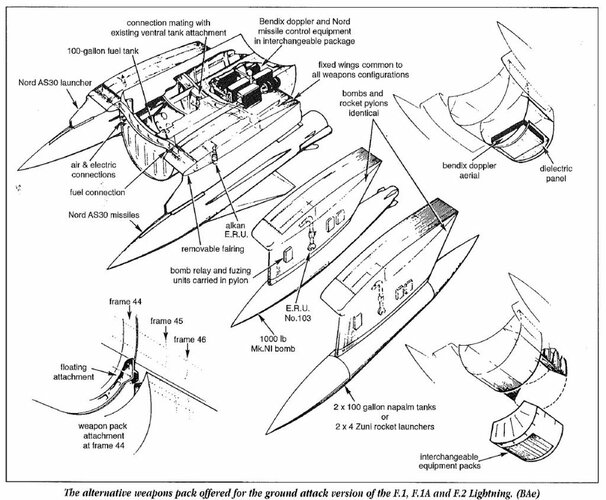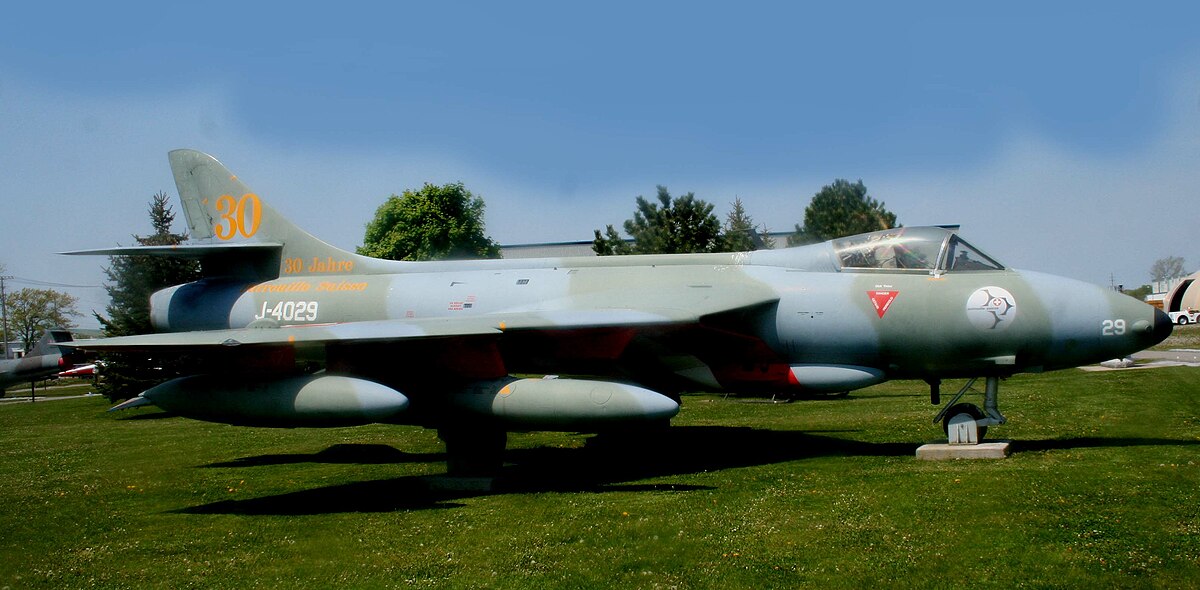Firstly the 1958 Venom replacement rough field requirement wasn’t about surviving attacks on airfields but rather operating from a compacted sand runway at Riyah and unpaved (until 64) runway at Masirah in the Mid-East.
Secondly when you cut away all the focus on VTOL the RAF wanted a supersonic, radar equipped, Red Top (and AS-30?) plus A2G ordnance armed tactical fighter that wasn’t vulnerable to being destroyed on the ground in air attacks. Given the P.1127 was on offer all the way back in 1961, before the P.1154 was even thought of, but not taken up leads me to believe that the in-air performance was more important that the VTOL capability.
Thirdly knocking out an airfield is hard, for example during the Falklands the Argentines were able to use the Port Stanley airstrip despite it being attacked with 3 Vulcans and 9 multi-plane Harrier attacks releasing ~200 iron bombs, many
cluster bombs and rockets as well as some 1,000 rounds of naval gunfire. The dispersed operations that VTOL (STOVL) allows are only one way to protect aircraft from attack, abd dispersed operation and which brings its own difficulties including considerably lower sortie rate and vulnerabilities to logistics, support equipment and personnel. In the relevant time period Hunters and Beverlys at Khormakasar were parked between stacked 44 gallon drums filled with sand and gravel as a cheap form of protection and even these were still lined up neatly for ease of movement rather than dispersed for greater protection.
Fourthly the British were the only country where the VTOL mania of the 60s ruined the Air Force and aviation industry, which I believe is because far too much commitment was given to it. The French were happily building Mirage IIIs and IVs while experimenting with the VTOL Mirage IIIV, whereas the British begrudged every penny spent on the Lightning while spending 25 million pounds on the P.1154 up to cancellation then spending 75 million pounds (I think?) on the Spey Phantom development, whatever millions (not too much?) on finishing P.1127 development and whatever tens of millions on the Jaguar and Hawk. I’d like to see a procurement path where the quest the ultimately unobtainable in the 60s supersonic VTOL aircraft doesn’t cripple everything else around it.


